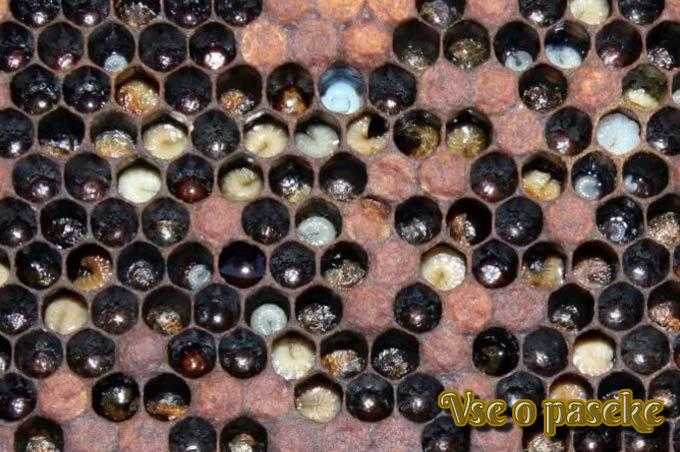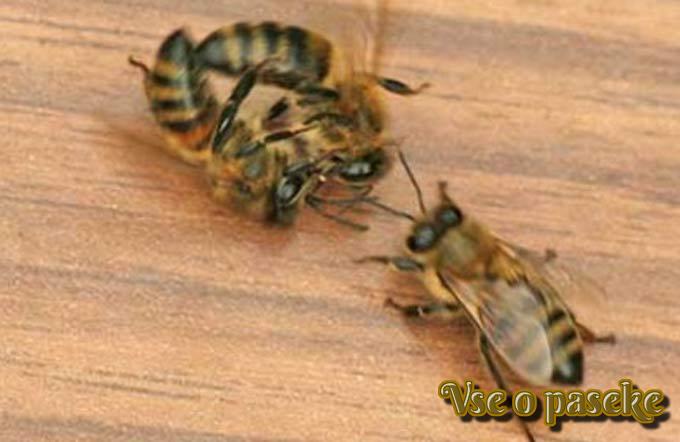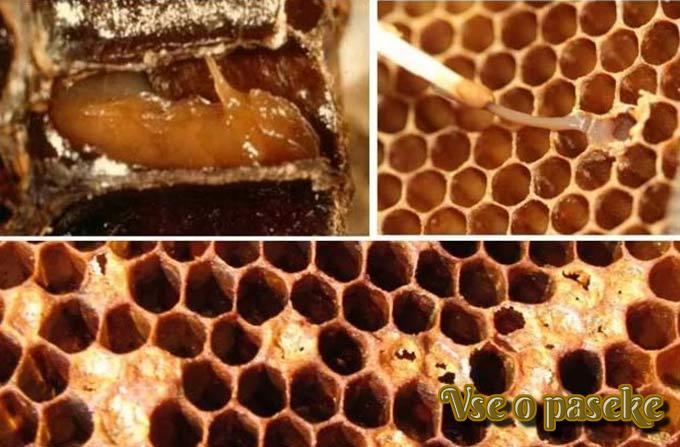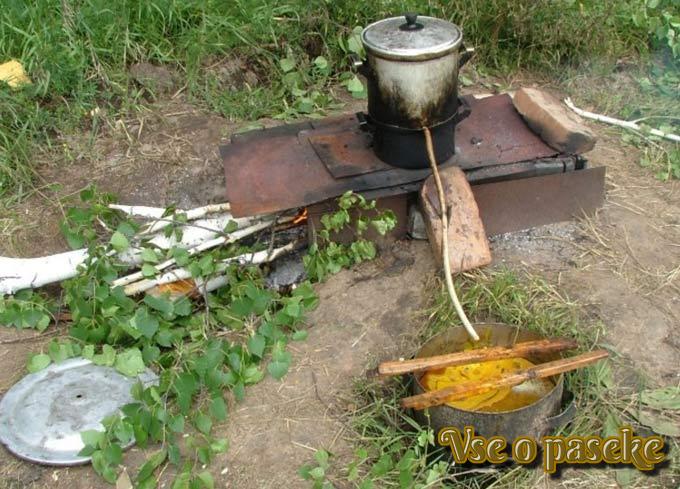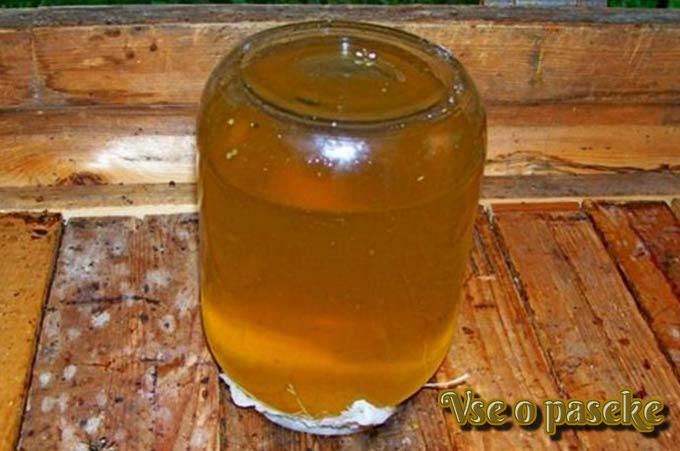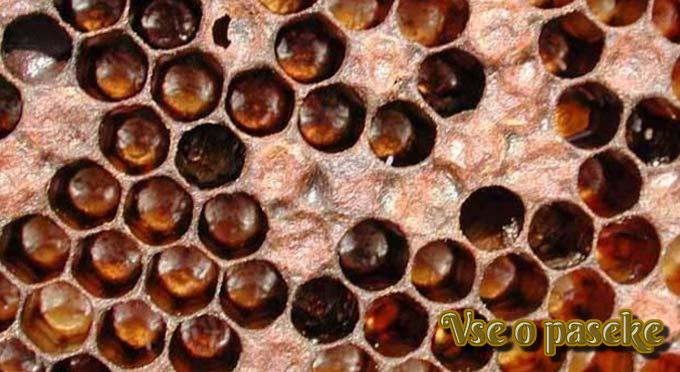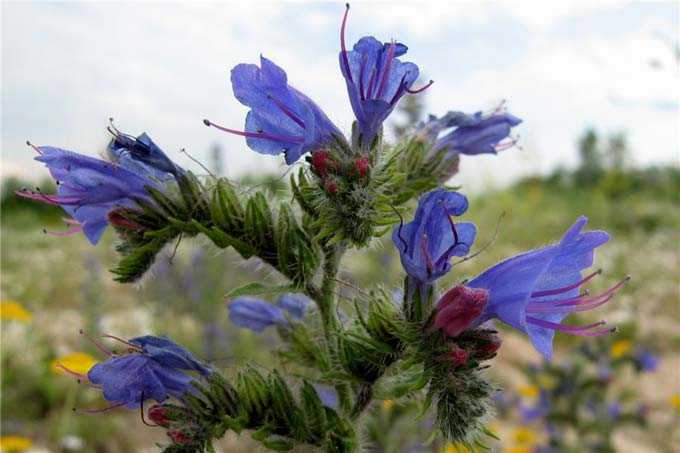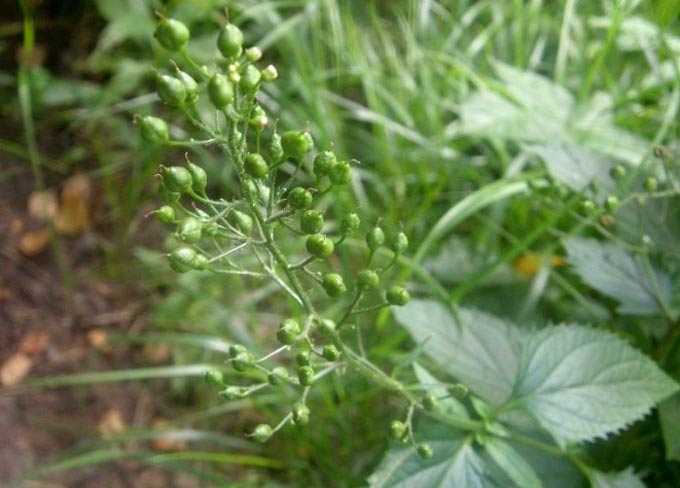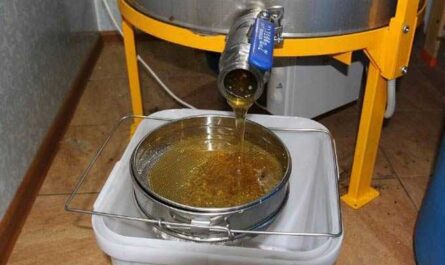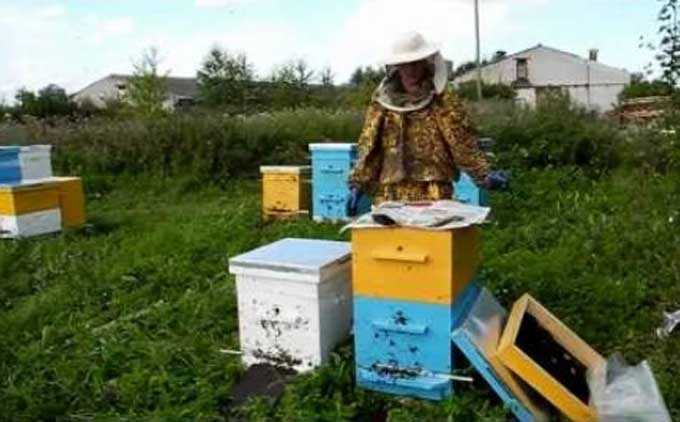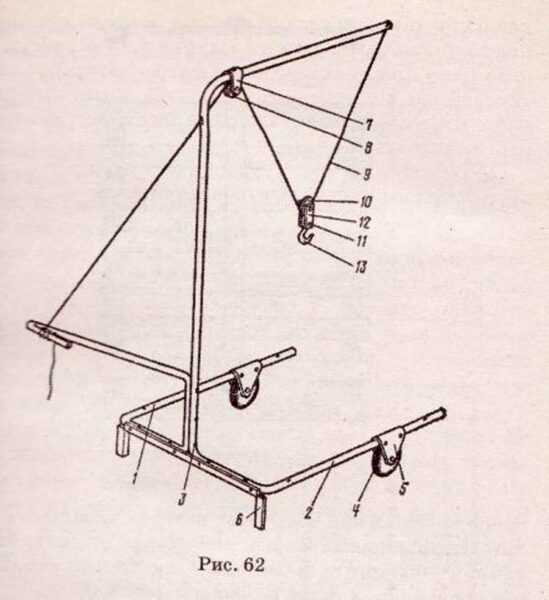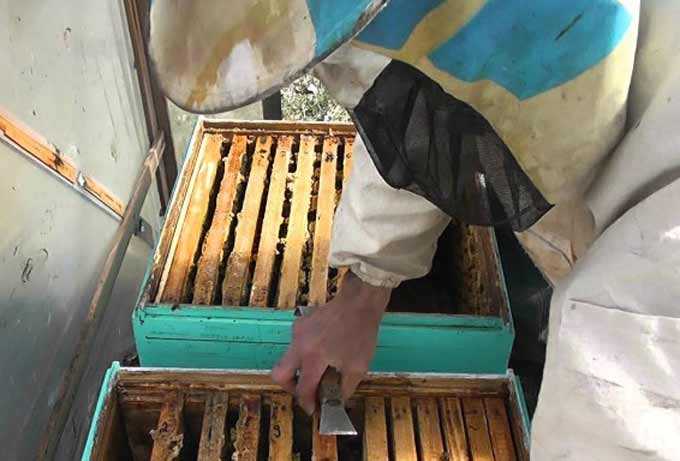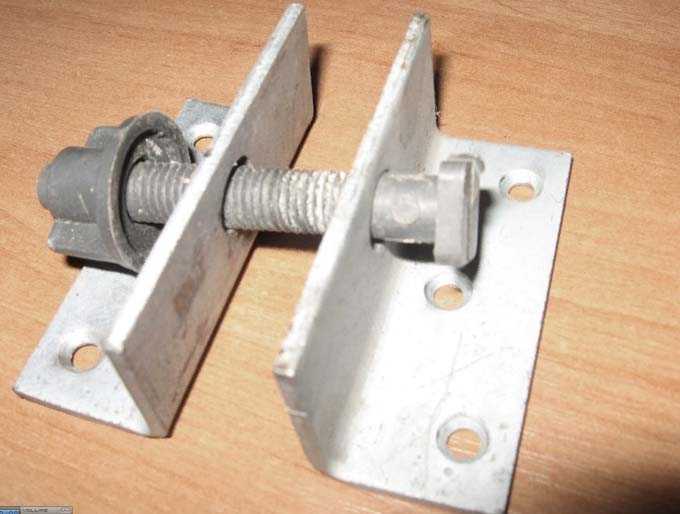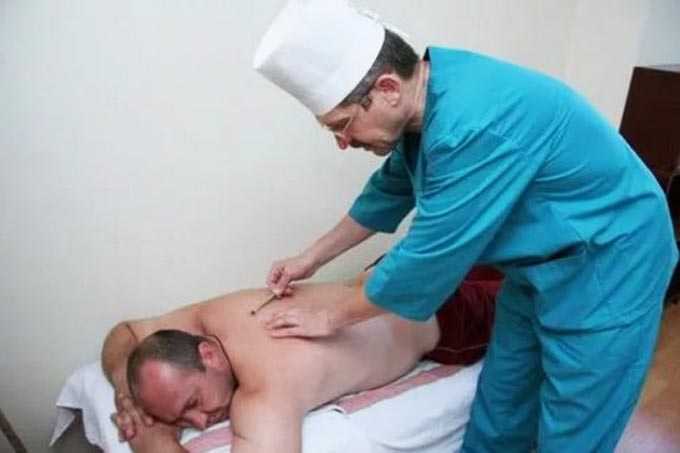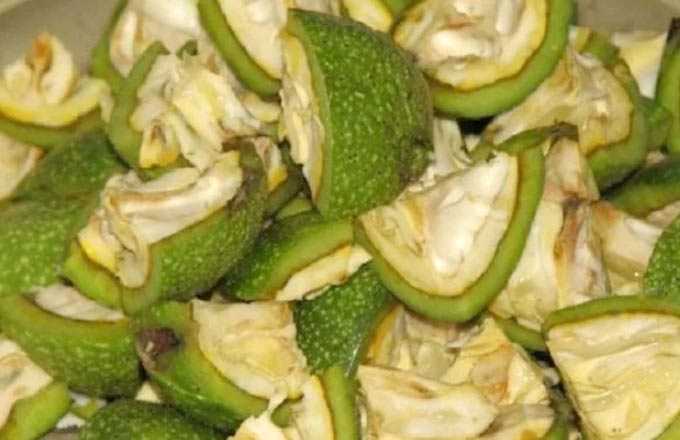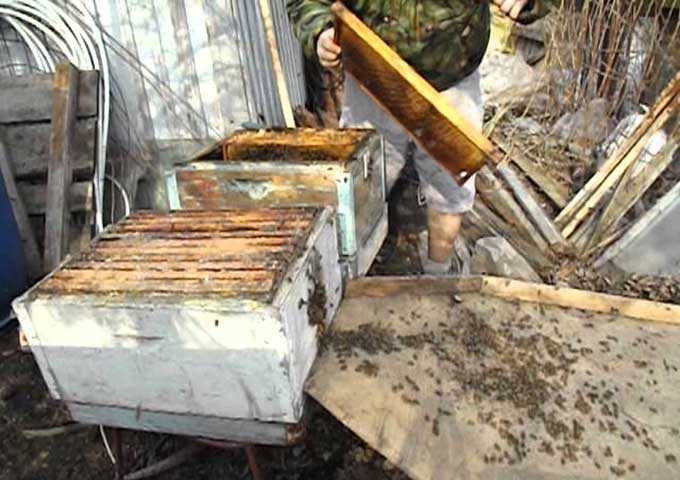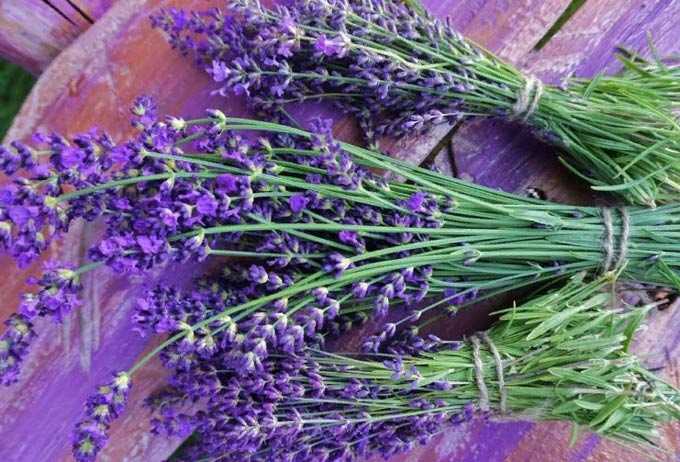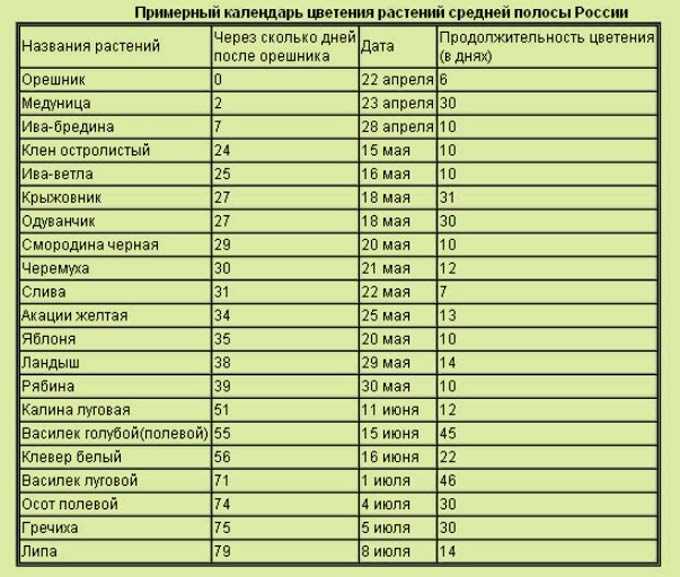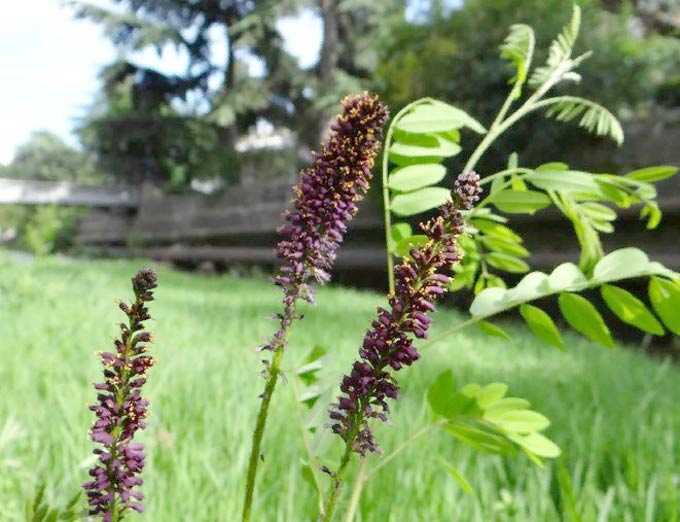Foulbrood is an infectious disease of bee brood, widespread in all countries with developed beekeeping. It has a negative impact on the productivity of the apiary – infected families give 20-80% less marketable honey. Without timely assistance, bee nests become very weak and completely die.
The content of the article
- 1 Causative agent
- 2 Propagation paths
- 3 Course of the disease
- 4 Diagnostics
- 5 preventive measures
- 6 Infection control measures
- 7 Treatment
- 8 Paragnilec
Causative agent
There are two types of disease:
Printed Brood Foul (Malignant or American) affects already sealed honeycombs with young bees. Less commonly, drone and brood brood suffers.
The larvae turn into a viscous putrefactive mass
The causative agent of the infection is the spore-forming bacillus, which is extremely resistant to chemical and physical effects. She lives in a protective shell for several years, and in downloaded honey it can remain viable for up to a year. When boiled in water, it dies after 13 minutes. In boiling honey, but not diluted with water, the spores are destroyed only after 40 minutes.
Upon contact with the pathogen, all beekeeping equipment and equipment becomes infected. So, the bacillus lives in the meogon for about 5 years, and when it enters the soil, it remains viable for 228 days. The pathogen can be found on infected honeycombs and foundation for 20-35 years!
European foulbrood affects unsealed brood, which is no more than 3-4 days old (less often 5-6 days old). During the transition to the chronic form, not only larvae get sick, but pupae with young animals.
Dead and sick larvae
The causative agent of the infection is a polymorphic bacterium that is resistant to adverse environmental factors. In dry form at room temperature, it is viable for 17 months, and in honey and on combs it lives up to one year. In the sun, the bacteria dies in about a day. The phenol solution kills this pathogen on the cleaned combs only 6 hours after treatment, and the quinosol disinfects the frames in 10 minutes.
Propagation paths
The primary source of infection inside the nests is the larvae that died from infection. The worker bees carry them out of the hive, becoming infected and becoming carriers of the infection. The pathogen enters the oral apparatus of an adult bee, which subsequently leads to infection of the forage honey fed to the larvae.
The closer the honey is to the infected brood, the higher the probability that it contains a large number of foulbrood pathogens.
Thief bees’ raids on weak hives are more frequent – the infection spreads faster
The spread of infection within the apiary and between individual apiaries is carried out by:
- thief bees;
- various parasites and pests – ants, fruit flies, wax moth;
- the beekeepers themselves, who neglect the observance of elementary sanitary rules when working in the apiary (young families are transplanted into dirty hives, the infected feed or brood frames are moved from a sick family to a healthy one, tools and hands are not disinfected).
No less dangerous is the purchase of families and bee packages at apiaries that have not passed sanitary control and do not have a corresponding mark in a special veterinary passport.
Course of the disease
The disease proceeds depending on its type:
American form of foulbrood develops from the second half of June. The peak incidence is reached in July-August. The temperature rise in the nests up to 37 degrees provokes the rapid development of the disease.
Rotten lesion
The incubation period is three to five days. The rate of infection directly depends on the health of the family and the number of pathogens that have got into it. All breeds of bees are sensitive to the pathogen!
The disease can occur in a latent (chronic) form. At the initial stage, it is difficult to identify it – the caps of the combs with the diseased brood do not differ in any way from the healthy generation of insects. With further development of the infection, the caps acquire a dark color, and the worker bees begin to gnaw and peel them.
An infected and untreated family dies very quickly. Weakened nests can be lost until late spring or mid-summer. Stronger (partially infected) insects hibernate sick and die during the winter months or early spring.
In the affected nests, there are practically no young animals – more bees die than are born. As a result, the hive weakens and dies out.
European form of foulbrood occurs in the spring during a cold snap. The disease can last the entire active season as long as there is an open (unsealed) brood in the hive.
During the bribe, there is a natural decline in the disease. It is also observed in the fall, when the bees leave for the winter and the queen stops sowing.
There are two subspecies of this disease:
- The latent form develops in the summer months in markedly weakened families. Adult larvae can get sick, but do not die – weakening of the nests is not observed.
- The open form is characterized by mass death of larvae. A putrid, slightly sour smell emanates from the hive. On examination, brood of different ages can be found. There will be honeycombs with dead young growth next to healthy larvae.
After infection, the larvae become unnaturally mobile, changing their position in the cells. Their body will be grayish white or yellow. After death, the insects acquire a dark brown or brown color.
If the dead larva is not removed from the combs, it softens a few days after death and falls to the bottom of the cell. Here there is a slow drying out – only a light crust remains of the larva.
Diagnostics
It is almost impossible to distinguish one form of foulbrood from another by external signs! A mixed infection may be present – a simultaneous defeat by saccular brood and foulbrood.
To clarify the diagnosis, a laboratory study is required. Without it, it is impossible to identify latent or mixed forms of infection.
You should also exclude the death of young animals from low temperatures. Freezing of brood from cold occurs along the bottom of the combs or on the side frames. Here you can find continuous areas with dead larvae.
You can suspect that the family is not well-being:
- By smell. In the American form, it is the smell of wood glue, and in the European form, it is sour or putrid aroma.
- In appearance. The dead larva lies at the bottom, curled up in a ring – the European form of foulbrood. The larva turned into a sticky mass, and then into dark brown crusts, dark caps, perforated by bees and sunk inside – an American type of infection.
preventive measures
Sanitary measures include:
- disinfection of all equipment;
- keeping the hives clean;
- refusal to move honeycombs between infected and healthy hives;
- refusal to feed the honey obtained in sick nests to healthy bees;
- keeping the acquired bees in quarantine (they keep on a separate push and are regularly examined).
Medical dressing is carried out in spring and early summer 2-4 weeks before pumping out commercial honey.
Disinfection of the hive
Healthy families are able to resist the spread of infection. Therefore, special attention is paid to the care of the apiary:
- After the spring revision, at least 8-10 kg of honey and a supply of bee bread for feeding the young should remain in each nest. The lack of bee bread is replenished by a honey-protein (honey-pepper) mixture, which is kneaded and dispensed in the form of a hard dough.
- The optimum temperature in the nests is ensured through the gradual expansion of families in the spring and warming of the frames from above (and from the sides in cold spring).
- The replacement of queens from foulbrood colonies with healthy and productive insects is carried out.
- The hives are placed in dry places, well protected from the prevailing winds.
- Weak families are discarded.
- If there are dysfunctional apiaries infected with foulbrood nearby, therapeutic feeding is given twice during the active season.
- Infected apiaries are closed for annual quarantine until complete recovery (export of inventory, equipment and bee packages is prohibited).
Infection control measures
Treatment of foulbrood in bees begins with the isolation of sick colonies. Such hives are installed separately from the main apiary. Re-examination of healthy hives is performed after 10-15 days (newly identified dysfunctional families are also isolated).
Melting honeycomb onto wax
If a large number of families are affected, it is recommended to drive insects into new or disinfected hives on artificial wax frames. At the same time, a change of queens is performed. After that, treatment is carried out.
The brood collected from sick hives is left in several sick families, destroying their queens. After the release of the young, new families are formed from it, feeding them medicinal syrup.
If an infection is detected in the fall, the family is also transplanted into a clean hive and given honeycombs from healthy nests or sugar syrup, 16-20 kg per family. It is prepared from two parts sugar and one part boiled water.
Empty honeycombs from a dirty hive are melted onto wax. The frames and the hive are disinfected with a 4% formalin or chloramine solution. The hive is sealed for three hours and then aired. The frames are placed in a special chamber, then they are also ventilated. When processing with a 2% solution of quinosol, the disinfection time is reduced to 30 minutes.
All inventory and equipment is treated with a 2% solution of ash liquor or 1% solution of linen soda. Clothes are disinfected by boiling.
Disinfection video:
Treatment
The syrup given out to insects for prevention and treatment is fed to families at the rate of 250 ml per street. It is prepared from sugar (pure honey) and water in a one-to-one ratio (1 kg per 1 liter).
Feeder-drinker for bees
After cooling to 30 degrees, one of the medicines is introduced into such a top dressing:
- 500 IU of streptomycin;
- 0,2 g sanazine
- 1-2 g of sulcimide, terramycin or sulfanthrol;
- 1 g of norsulfazol sodium.
You can use penicillin (300 U), streptomycin (000 U), erythromycin, neomycin (200 U), biomycin, tetracycline (000 U), levomycin (400 g per liter).
The syrup is dispensed two to three times at intervals of seven days. For feeding, you can use nesting combs or special feeders.
If the pathogen is found in one or two families, and they are greatly weakened, it is recommended to fumigate the nest with sulfur dioxide or treat it with formalin. The destroyed bees are burned together with the combs, and the hives are disinfected.
Paragnilec
This infectious disease has similar symptoms, but affects both open and closed brood, and sometimes pupae. The causative agent of the bacillus Paraalvei.
The defeat of the parasitic bacillus
The incubation period lasts from several hours to several days. The larvae move quickly and assume an unnatural position. Some die before being sealed, turning into light scales. Others die immediately after sealing, turning into a reddish-brown mass with an unpleasant odor. The caps are dark, concave, without holes. Infected pupae are dark, slightly softened and underdeveloped. They have a pronounced putrid odor.
The diagnosis is made only on the basis of laboratory tests. Treatment and prevention is exactly the same as when brood is affected by other types of foulbrood.
